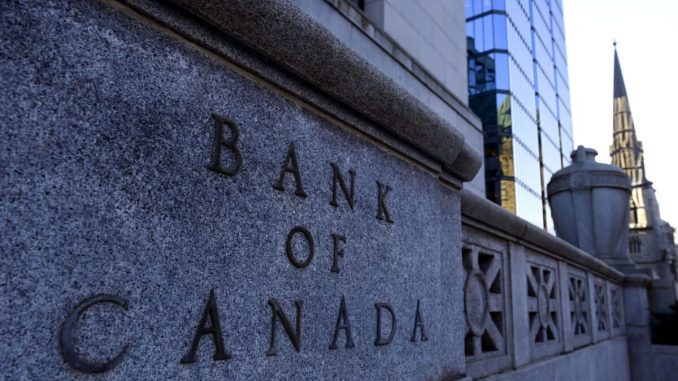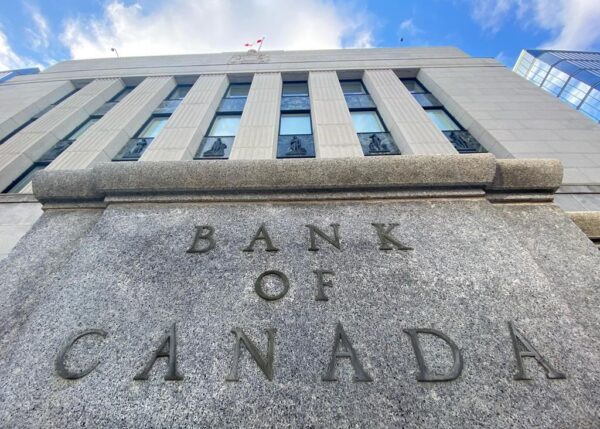
The idea that the federal government can rely on the Bank of Canada to continue printing money to sustain its debt without a clear commitment to repay—also known as Modern Monetary Theory (MMT)—poses huge risks to the Canadian economy, a study (pdf) published on May 18 found.
“Modern monetary theory is a pipe dream, and if the federal government and Bank of Canada go down this road, the damage to the Canadian economy could be substantial,” said Steven Globerman, resident scholar at the Fraser Institute and author of the study “A Primer on Modern Monetary Theory.”
The essence of MMT, according to Globerman, is that there isn’t any financial constraint on government spending so long as the country is a sovereign issuer of currency and doesn’t tie its currency value to another currency.
This also means that the government that issues its own currency, such as Canada or the United States, cannot default on debt issued in its sovereign currency as it has the power to print as much currency as needed to pay off the public debt, which MMT proponents advocate, according to the study.
“Consequently, if increased government spending in the pursuit of a variety of economic and social goals is a good idea, which is a foundational belief of MMTers, then MMT is a policy initiative that will facilitate increased government spending by obviating the ‘need’ to tax or for government to compete for privately held capital by offering competitive interest rates on government debt in the capital market,” the author wrote.
But Globerman argues there are “devastating consequences” should the MMT policy model be implemented. Historical records have shown that the adoption of such a framework leads quickly to inflation, sometimes even hyper-inflation, which hurts domestic economies. The study cited examples of Greece and Latin America, which resulted in runaway inflation and a significant decline in the standard of living to their people.

Most MMT advocates, however, hold the view that the risk of inflation with increased government spending is low given the “current economic conditions, including relatively high unemployment as well as recent experience of relatively low inflation notwithstanding growing amounts of government borrowing,” the study says.
Proponents also assert that should inflation become a problem, the government can always increase taxes to reduce aggregate demand or reduce its spending to slow the inflation down.
Contrary to what MMTers have argued, the study included the annual percentage change in consumer price index (CPI) for Canada and the United States between 1962 and 2020 to prove otherwise. The statistics show that rapid inflation “persisted over a two-decade period during the 1970s and 1980s,” which warns against the presumption that “economic stabilization measures can quickly and easily be put in place that effectively mitigate aggregate price increases.”
Moreover, the volatility of inflation cannot be ignored. The study notes that the rate of inflation in Canada, as measured by the CPI, was 2.7 percent in 1971, reached 7.5 percent in 1973, and spiked to 11 percent in 1974.
Globerman noted that even if governments can increase tax rates quickly to counter inflation, they might not realize it until it becomes a serious problem.
Whether or not the Bank of Canada has already endorsed MMT, particularly in its historically large purchase of government debt during the COVID-19 pandemic, it remains to be seen if the central bank requires the federal government to repay the debt when it matures, the study concluded.





Be the first to comment